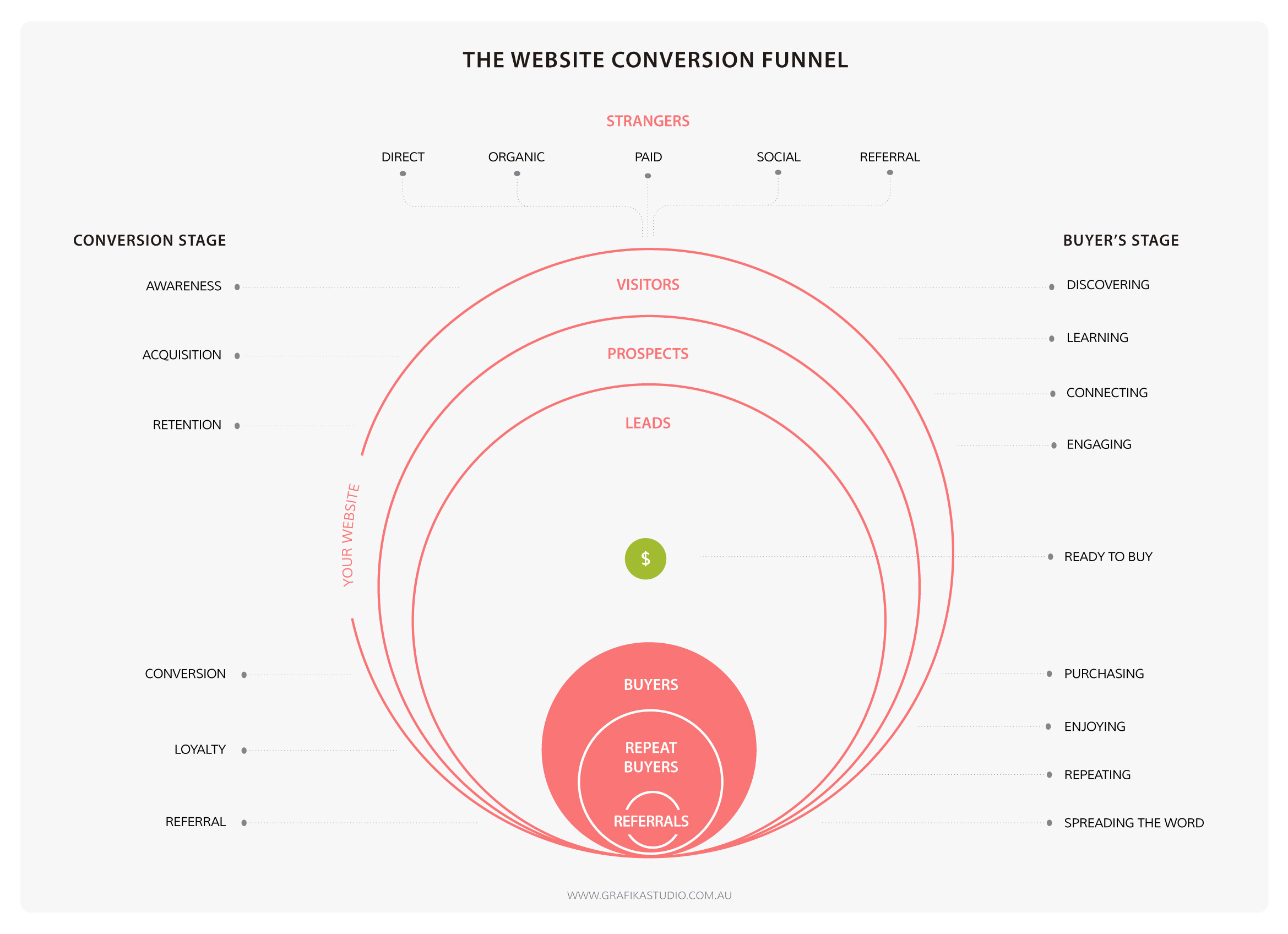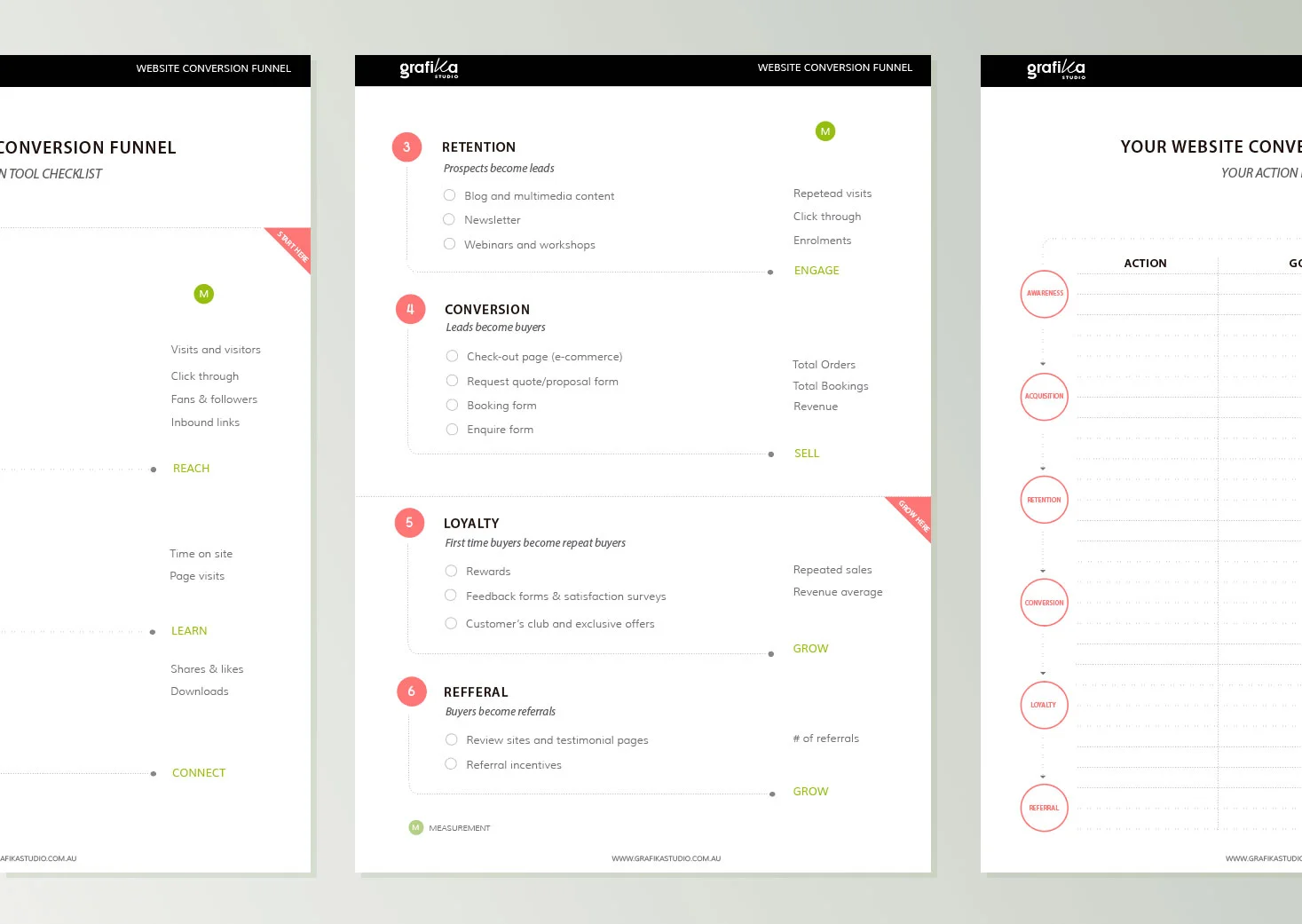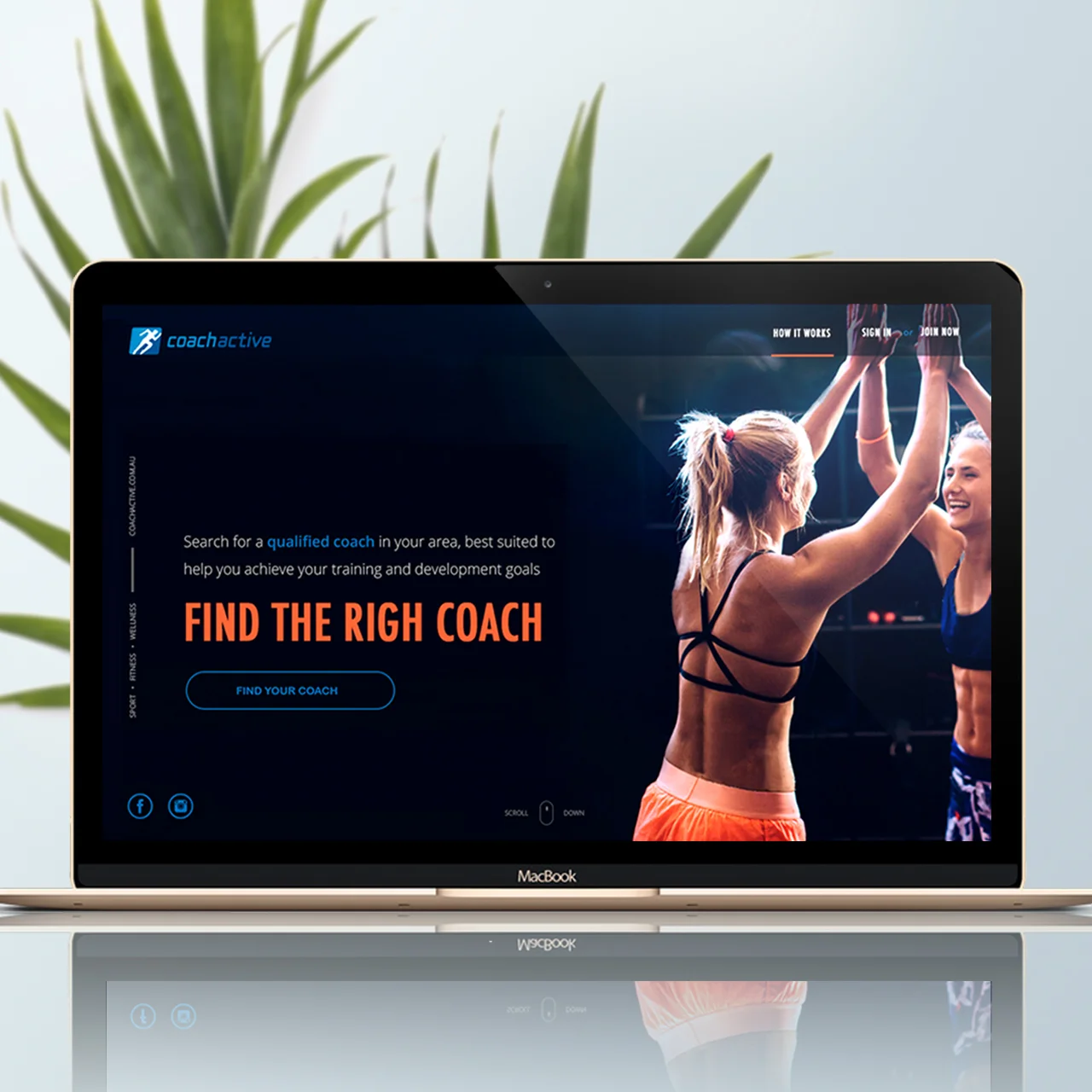The Journey From The First Visit To The First Sale: Converting Visitors Into Customers
The single fact of having a website won’t bring customers or clients to your door. Not even if you have a lot of traffic. The process to get a new client is usually slow and requires creating familiarity and some love in people’s hearts.
While some first-time visitors may be ready to make a purchase straight away, research has shown that the average visitor will have to engage with your brand, at least, seven times before they‘re ready to make the decision to purchase.
If you have a website, you need a plan to make your first-time visitors come back again and again and again… until they become buyers or paying clients. The journey taken by visitors until they become buyers is called the conversion funnel.
The conversion funnel can differ from website to website, depending on the nature of the business, but it usually has four steps - plus two extra ones for repeat businesses or sales:
Awareness → Acquisition → Retention → Conversion → Loyalty → Advocacy
1. Awareness
Strangers become visitors
The first step in this journey is getting people to visit your website. No visitors means no chances to introduce your business and offering to others who may be interested in buying from you or working with you in future.
There are five ways to lead traffic to your website:
- Direct - people who find your website in your business stationary, off-line marketing collateral, or any other piece of printed material, and type the website address directly into the browser.
- Organic - people who find your website in the organic results (non-paid) of search engines.
- Paid - people who find your website in the paid results of search engines and advertising or paid links in third-party websites.
- Social - people who find your website through social media forums, chats, hashtags, etc.
- Referral - people who find your website in online media outlets, blogs or any other third party website that’s talking about your brand and includes a “non-paid” in-bound link to your website.
However, traffic is not always equal to sales. Many visitors may be just browsing the Internet, and visiting your website among another 20 competitor’s websites. Chances are that they forget your name as soon as they leave your website.
2. Acquisition
Visitors become prospects
Every great relationship starts with a first date. Imagine one of your friends knows someone who thinks he or she could be a good match for you. You follow your friend’s advice and decide to go on a blind date. You’ll go to this first date with three goals in mind:
- Getting to know each other, your personalities, your interests, your hobbies, etc.
- Causing a great first impression and inspire trust.
- Getting her/his phone number to stay in touch
That’s exactly how your first visits work.
When visitors land in your website for the first time, you must set a good first impression and gain their trust. Good design and compelling content are your main tools here. In this other previous post, I shared some do's and dont's to make your website trustworthy.
After a positive first impression comes interest. Your visitors will be interested in knowing more about you and what your business has to offer. Your About page, Service or Product pages, portfolio or lookbook and other tools like videos, downloadable brochures, etc, will provide more information on who you are, what you do and how you can make a positive impact on their lives.
Finally, if your visitors like your business and are interested in your offer, they may want to stay in touch. Make sure your website has links to your social media pages and opt-in forms to collect their email details.
3. Retention
Prospects become leads
Your first date is over. It went well and you got your date’s phone number! She or he has even accepted your Facebook friend request. What’s next? You both want to see each other again!
Once your prospects have left your website you want to make sure they come back again. If they have connected through social media or email, you can now send them links to interesting content on your website that keep them hooked.
Now content marketing is key.
There are many ways to deliver your content: blog posts, newsletters, podcasts, webinars, etc. In this other post, I give you 8 ideas to produce highly engaging content.
Good content engages people and opens a communication channel with them, who may leave a comment on your blog, like or share a post in social media, attend a free webinar, etc.
The spark is there!
The problem with getting people’s email addresses though is that everyone has way too much in their inbox. It usually takes a bit more than a simple “Sign-up today” call to action to convince someone to give you an email address. You’ll have to give them a good reason for it, like accessing exclusive content, free downloads, etc.
To find out more about how to convert prospects into leads also read this other post, by Trent Dyrsmid, Founder at Groove Digital Marketing.
4. Conversion
Leads become customers
Your visitor loves your brand and is now in need of your products or services, therefore, he or she is ready to hire you or purchase from you.
In e-commerce websites, the end of the journey is typically the purchase. In service websites, it may be to request a quote or proposal, book an obligation free consultation, make a booking or appointment, or enquire about your services by email or phone. That means that there is, at least, one more step to complete the conversion process.
5. Loyalty
First-time buyers become repeat buyers
Someone has bought your product or hired your services, now is your opportunity to impress your clients with an outstanding service. Why? Because every satisfied customer or client will:
- Hire you or buy from you again in future.
- Recommend you to others
It’s also a lot easier to sell a new product or service to an existing client than taking any new visitor through the entire conversion funnel until he/she becomes a buyer.
6. Advocacy
Customers become referrers
Many people won’t search in search engines, read review sites or blog posts if they already have a friend or family member who has made a recommendation to them. These “recommended” visitors are probably ready to hire your services or purchase your products on their first visit to your website.
The conversion funnel is not needed here. They become customers immediately because they trust someone’s advice, who is already one of your existing clients.
Your turn
Now you know the journey from your first visit to your first sale, you can implement this strategy directly into your website. Download my conversion funnel guide, with tool checklist and action plan, and lead the journey to your business growth.













The revamping of the Oh Flossy play make-up boxes came with a clear brief to create attractive and engaging packaging designs to capture the attention of children as well as their parents. The project goals were well-defined and the result would delight customers and pour great reviews.